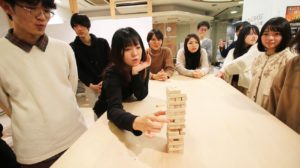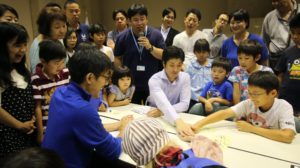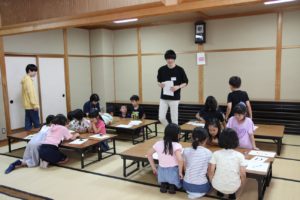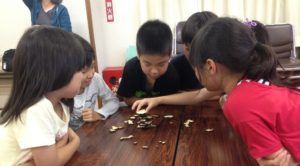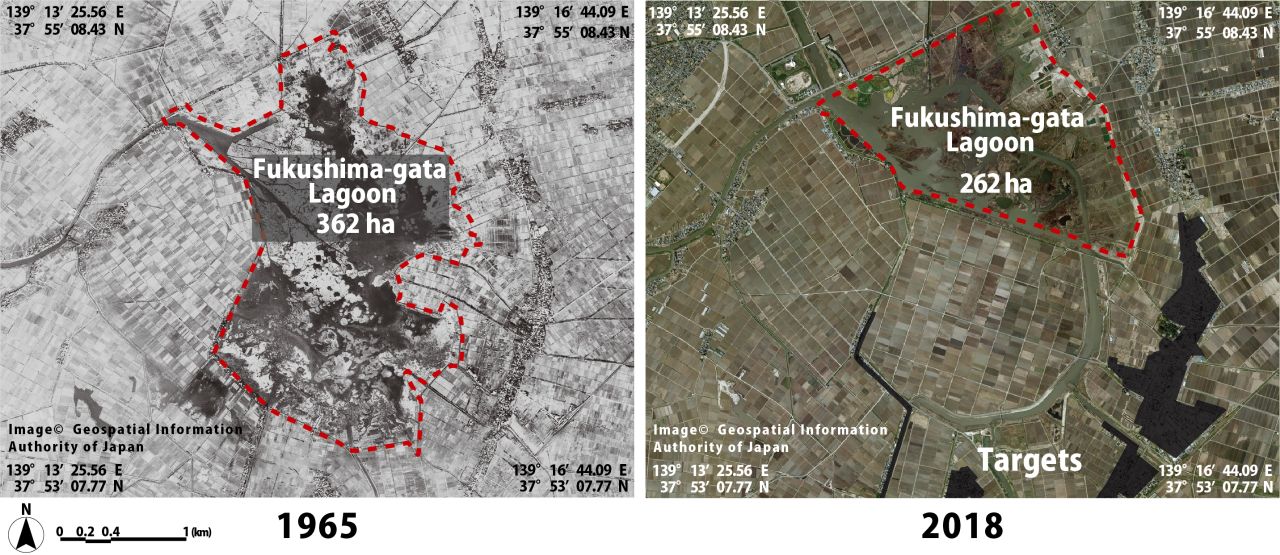
Abstract
The growing shortage of human resources for managing landscape in the water environment has led to problems concerning the preservation of the landscape in Japan. For developing people have the awareness to preserve the landscape, it is important to understand the process of how regional residents develop attachment toward the water environment in their area. This paper identified factors influencing the frequency of the visits to the water environment and the attachment of residents toward the Fukushima-gata lagoon, Niigata Prefecture, Japan, as a case study, while focusing on changes in the lifestyle of the regional residents. The findings are as follows: (1) The target households frequently used Fukushima-gata lagoon for fishing and for picking edible wild plants and gathering reeds to make thatched roofs before the reclamation project was carried out by the government in Fukushima-gata lagoon. They also frequented Fukushima-gata lagoon for walking and cherry blossom viewing after the reclamation project was implemented. (2) Even the fact that the distance from the lagoon to their place of residence increased after the project did not lose their attachment to the lagoon. (3) It was suggested that the project contributed to increase the attachment of regional residents towards Fukushima-gata lagoon because of multiple factors, such as playing in the water, livelihood opportunities, and recreational use. (4) Changes in the attachment of regional residents toward Fukushima-gata lagoon before and after the reclamation project was carried out by the government corresponded to changes in the lifestyle of the local residents before and after the project.
Link
You can read the full text version in Water, 11(6), 1262, doi:10.3390/w11061262.
Water

 日本語
日本語


